The healthcare field in general is growing at a much faster pace than most industries and with a technology-based degree you can ensure that your position will be well paid. The short, quick answer to the salary question for radiographers, aka, “rad techs,” is that the U.S. official Bureau of Labor Statistics reports that the national average salary was $69,070 in 2017. Include a small wage increase over time and you can assume that, coming into 2019, the national salary average for a radiographer is approximately $62,000 a year.
Veterinary technologists made significantly less, down to $33,400 nationally.
In posts with the federal government, the median national average reached a little higher at $63,040.
Outside of federal positions, the upper 75th percentile overall made an average of
$70,430.
In Florida, the annual mean wage was $55,210 in 2017 and in Miami in 2018, salary.com reports that most made $52,850, while the upper range was at $58,539.
What do Radiologic Technologists Do?
Rad techs work almost exclusively in
clinics and hospitals, since they have the budgets for the high-tech equipment.
Radiologic technologists must be comfortable with working with patients on a
one-on-one basis, learning about and keeping up on technology and working with
medics. Their overall job duties can be summarized as such:
- scan patients with high-tech imaging machines
- send the images to medics
- report and track data necessary
Something that cannot be overlooked are the benefits that come with working in a hospital and clinic setting, such as health insurance, retirement plans, etc. Protection from radiation is a concern with any imaging position in health care. Nuclear technologists have higher exposure concerns, although they can expect to earn in the upper $70k range. Education requirements for nuclear-based technologies in health care usually start with an Associate of Science in Radiologic Technology, then a Bachelor’s of Science degree, as well as the ARRT license. Except for some extreme emergency and urgent care settings, most radiologic technologists enjoy a good work-life balance.
The Future of the Radiologic Technologist Field
As far as career outlook, specifically, from now to 2026 the field is expected to grow nationally by 13%, which the BLS states is faster than most industries. In Florida, careeronestop.org states they expect a 20% jump in demand the sunny state by 2026. Note that most of those working in the field have an Associate degree.
“Curious about the Radiologic Technologist A.S. degree or other health care programs at FNU? Contact us today.”
Experts in the field point to new, exciting technological upcoming advancements in the field showcased in
trade conferences, including:
- Augmented reality images and control panels
- 3D reconstructions and holograms that you can rotate
- AI that can determine the optimal angle/view
- remote viewing systems that enable images to be sent through the web with password-protected
systems that meet HIPAA requirements
Radiologic Technologist Career in Florida and Other States 
Most employers will require a certification, administered by the American Registry of Radiologic Technologists (ARRT). Only a handful of states do not require this certification to work in the field, but most require formal training.
Florida does require certification, including the local Department of Health and Rehabilitative Service General License as well as the ARRT.
At Florida National University, our Radiologic Technologist Associate of Science degree is geared towards helping you prepare for your certification exams.
While, you must renew your registration annually, the certifications are valid for two years. Technologists must take 12 hours of continuing education classes per year to keep their credentials. This allows you to add the credentials “R.T.” to your professional title, and of course, opens the doors to better positions.
What to Look for in a Radiologic Studies Program
At FNU, we’ve recently purchased new machines (specifically the 9 Samsung HS50 and the 1HM70A) to help students prepare for this field that in Florida is expected to open over 1,000 positions in the coming eight years. The Radiologic Degree at FNU can prepare you to use machines for mammography’s, MRIs, CT scans, bone densitometry, sonography, etc.
These imaging fields in health care are clearly technology-related so you want to attend a university that is looking out in the best interest of the student by keeping up on technology.
- Just recently FNU purchased new machines and students recently went to a manufacturer’s home
base to view the newest machines out on production.
- Check for scholarships you may qualify for, military and government employee tuition
incentives and financial aid
from your university.
- Invest in a university whose professors are known to invest time helping their students prepare for the certification exams,
like at FNU.
- Ensure your university is accredited and nationally-recognized.
Since 43 percent of the working Radiologic Technologists have their A.S. degree and 26 percent have their B.S., getting an A.S. will put you in the running with most of the candidates. Again, you’ll need to ensure that you get a degree from an accredited university. FNU is fully-accredited to grant Certificates, Associate degrees, Baccalaureate and Master’s degrees that are nationally recognized.
Don’t hesitate to ask questions about the Radiologic Technologist A.S. degree, or speak with someone at FNU to see if maybe another career in the healthcare field suits you better. We are here to listen and help you on your to a move “up” in your career.



